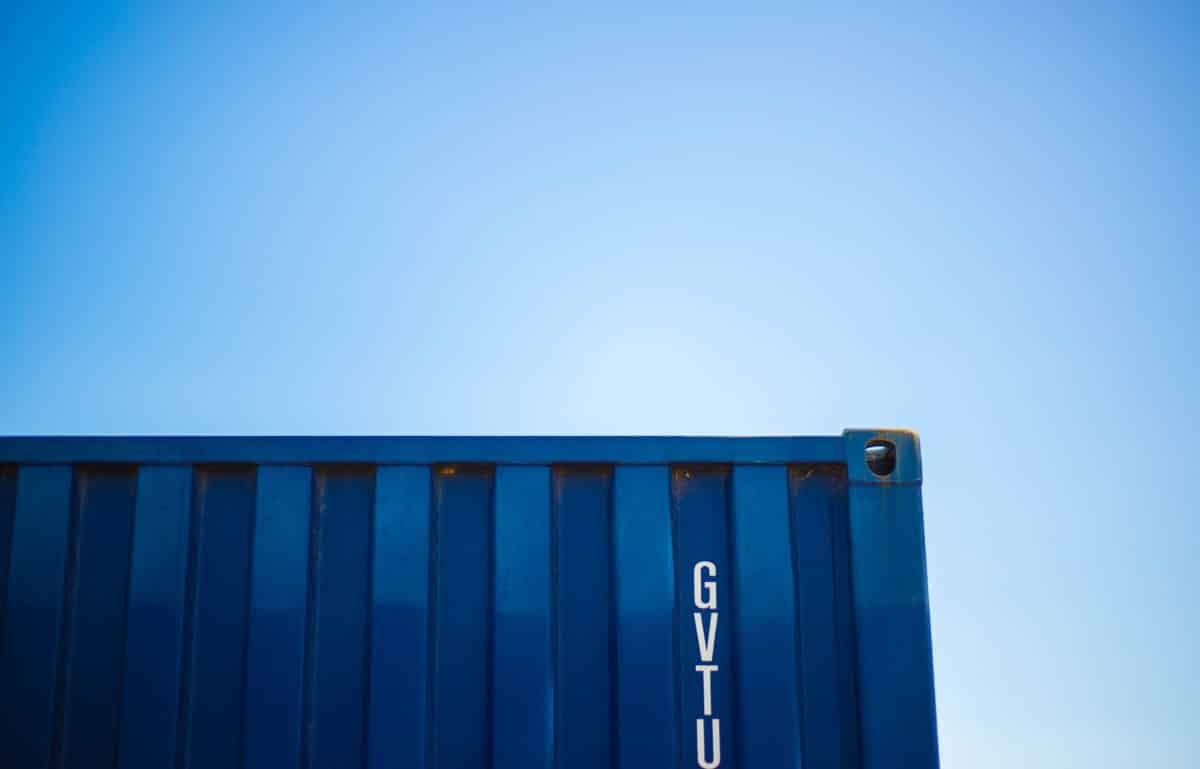Monitor AWS Lambda Functions Using Container Images

Since its inception, the concept of a serverless ecosystem has fascinated developers. While making deploying applications faster and simpler than ever, serverless environments now offer a strategic means of building scalable, modern products. However, as organizations continue to rapidly adopt the latest in serverless tech, many developers are facing visibility gaps due to holes and disconnects in the way they configure their applications.
Migrating to containers or a serverless environment is risky and time-consuming. Services like Datadog seek to offer additional visibility to companies who are moving into the world of serverless and looking to close the gaps that plague their development teams. Here's what you should know about AWS Lambda and the use cases of Datadog, with information on how the right tools can work together to improve your dynamic environment.
Do you want to gain visibility? Schedule a demo of Iron's suite of solutions.
Table of Contents
3. Using Datadog and Lambda Container Images
What is AWS Lambda?
AWS Lambda enables developers to run code without the need to provide resources or manage services. With Lambda, you can run code as needed with the resources scaling automatically, up and down, to accommodate your needs. Whether you get a few requests in a day or thousands every second, Lambda can reduce costs because it only charges you for the resources you use.
Lambda doesn't require any administration and enables you to run code in a variety of languages, like Python and Java. You can even use Docker images with Lambda or tap into the Amazon Elastic Kubernetes Service (EKS). Thanks to the flexibility of the large umbrella of services AmazonAWS offers, you can migrate to AWS with ease no matter what your existing infrastructure looks like.
The Lambda runtime API is flexible, with a runtime interface emulator and a very user-friendly runtime interface client. What's more, the AWS Command Line Interface (CLI) gives developers a direct and easy way to access Lambda services and manage functions. Using Lambda layers and other tools, development gets even simpler. You can find SDKs, toolkits, and more info at AmazonAWS.com.
What is Datadog?
Datadog is a serverless monitoring platform that helps developers gain insight into their cloud applications. With logs, metrics, and end-to-end traces, Datadog seeks to make dynamic infrastructure and applications more visible. With Datadog, a business can better secure and support its systems, reducing downtime and improving the overall user experience.
If you're looking for a more flexible, faster, and scalable alternative, schedule a demo of Iron's solutions to see them in action.
Iron.io Serverless Tools
Speak to us to learn how IronWorker and IronMQ are essential products for your application to become cloud elastic.
Using Datadog and Lambda Container Images
Containers enable developers to create more consistent environments throughout every stage of the production process. The concept of packaging code into a container image isn't new, but when you add Lambda functions to the picture, it becomes even more powerful.
Developers can package their Lambda functions and all their dependencies as container images without the need for additional tools. A container should be able to run in a read-only file system without issue. To make things easier, AWS provides open-source base images for your function code, and there are also a number of community-sourced images and templates found on the Docker Hub for use in the container registry. You can also use alternative base images, like Alpine.
You can use Datadog to monitor all of your Lambda functions, including those packaged as container images. In order to monitor a container image of a Lambda function, you must install Datadog for your runtime within the container you wish to monitor using the Lambda runtime interface.
Why Use Lambda Functions and Datadog Together?
There are a number of benefits to using Datadog and Lambda together.
- Since Datadog scales with you, you can use it to monitor your systems no matter how large or small. Even the most complex systems become observable.
- Datadog can trace a number of infrastructure components and correlate metrics, helping you understand system health at a glance.
- Gain insight into how system performance impacts your business. Visualize errors, load times, and both frontend and backend metrics in a single dashboard.
Ultimately, Datadog acts as a Lambda extension and offers visibility that Lambda alone can't provide. However, if you're seeking visibility into your serverless environments, remember that Datadog and Lambda isn't the only combination worth examining.
Datadog strives to monitor all of your serverless applications no matter where they live, with container image support inside and outside of AWS services. It's also considered a good alternative to Amazon CloudWatch, but that doesn't make it the best solution for your microservices.

How Iron Can Help
Iron's suite of serverless business solutions offers scalability, security, and insights all in one place. With Messaging Queue as a Service and Functions as a Service, Iron can bring your business' serverless infrastructure to the next level, all while negating the need for third-party monitoring tools and services.
If you're seeking a business solution that runs full circle, you need an Iron solution. Reach out to Iron today to schedule a demo.
Unlock the Cloud with Iron.io
Find out how IronWorker and IronMQ can help your application obtain the cloud with fanatical customer support, reliable performance, and competitive pricing.
